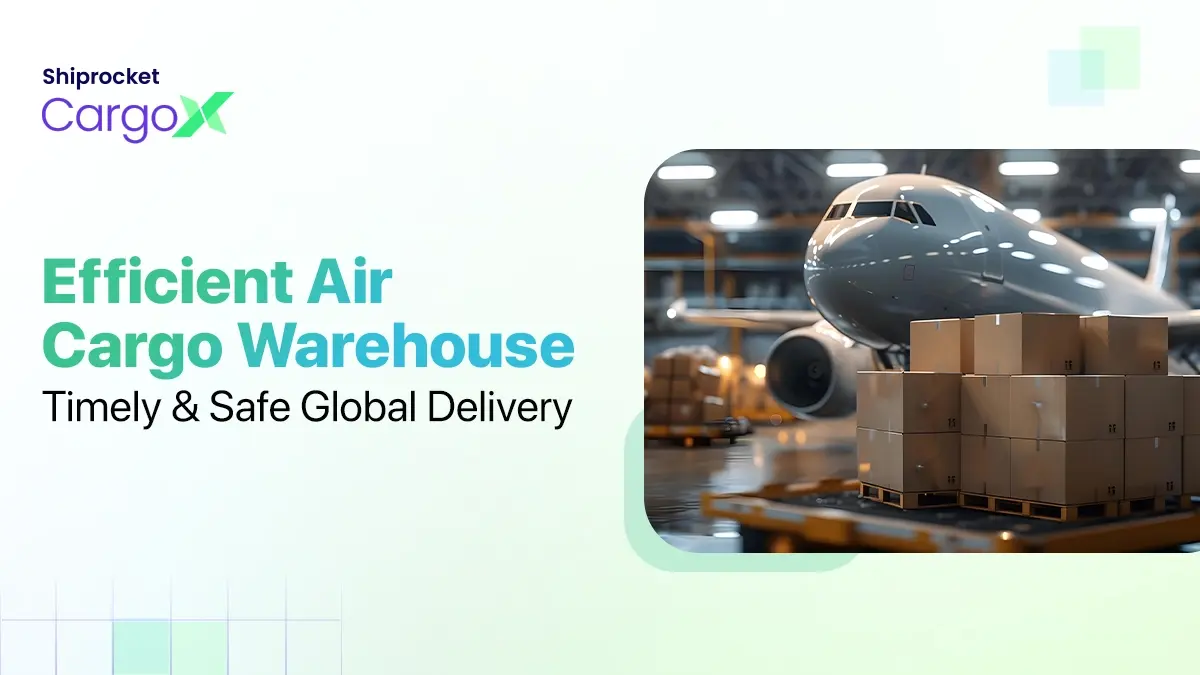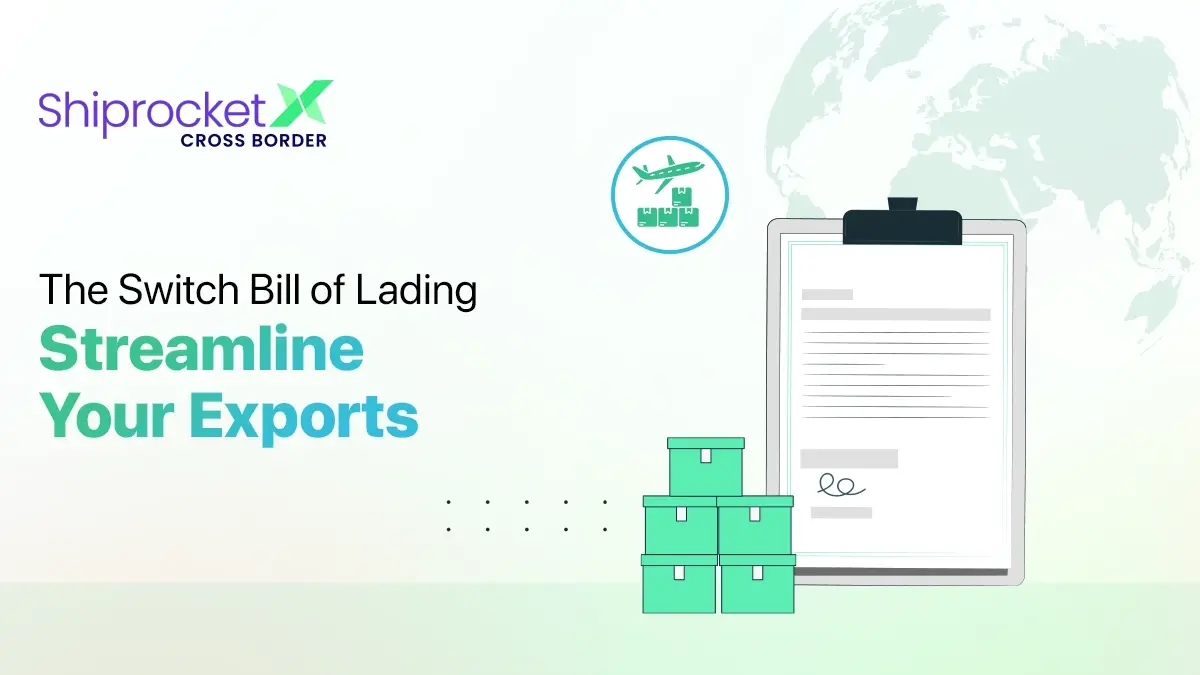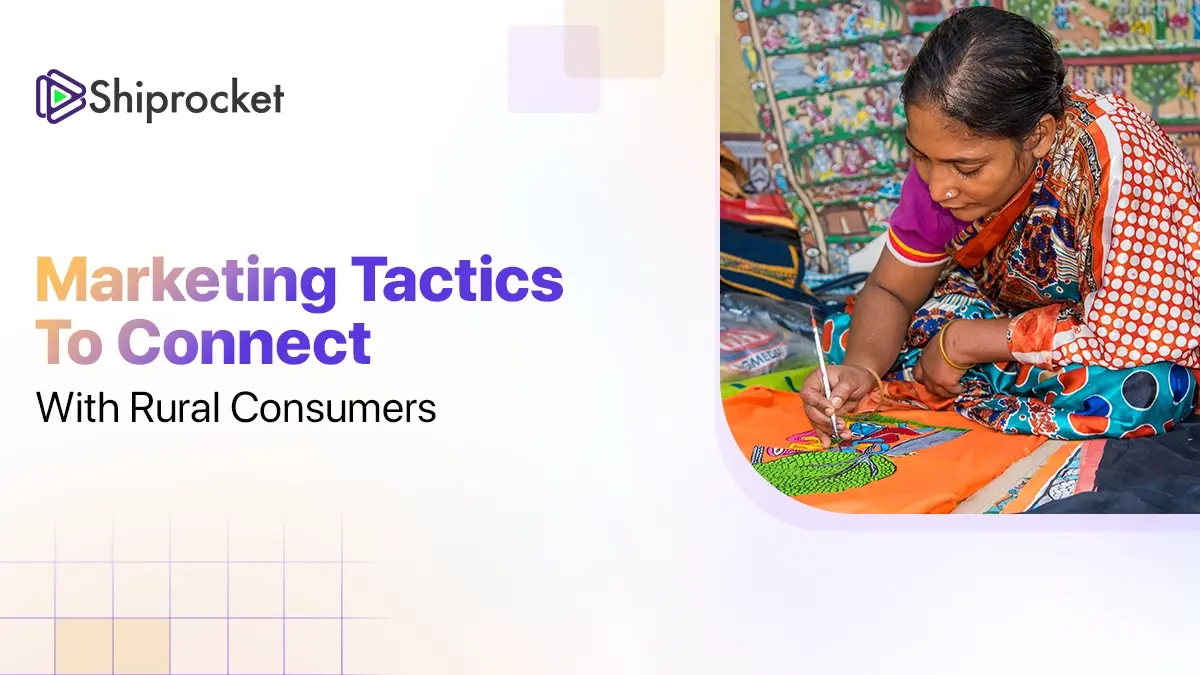A Complete Guide on How To Select and Pack the Perfect Shipment Boxes
Today, regardless of the business size (small, medium, or large), entrepreneurs are venturing into the world of E-Commerce to generate a steady and powerful source of income, and they have been successful too. So what is the secret behind their success? Well, the secret is- their business is based upon trust and quality. Quality is not only related to the products, but also the packaging and shipping services. People are fascinated with attractive packaging because it refreshes their memories of opening the gifts they received in their childhood. What immense joy and surprise they had on opening the beautifully wrapped gifts.
However, online retail stores find it struggling to provide their customer with the same good feel of packaging because they pack several thousands of goods every day. Does that mean the entrepreneurs should skip delighting their customers? Not! This article shares unique methods of packaging sold goods in a timely and cost-efficient way.
Shapes and Size of Perfect Shipment Boxes
What kind of shipment boxes to use for merchandise? The rectangular shape is usually preferred popular and is cost-effective, too. A rectangular box can have a lid that opens on the top or can slide too. A box can resemble a Chinese box- a box within a box. Hence, you could hire a designer to help you suggest a design that looks attractive and will be economical too.
All the shipping and logistics carriers have defined size and weight limits against which they charge a specific fee. A slight change in the dimension or the weight can cost retailers to pay more. Any increase in the size or the weight and be prepared to shell out a little extra on the package.
Packaging Material
The commonest material used for manufacturing shipment boxes is cardboard. Although a few E-Commerce stores have switched to recyclable plastic, especially in the case of shipping of books, glassware, or chinaware, cardboard packaging is widely preferred by merchants.
However, with stringent environmental guidelines, using alternative sources of deriving raw material for cardboard has become essential. Therefore, use paper manufactured from animal waste. It is a cost-effective and environment-friendly way of packing goods. For protecting the merchandise against physical damage, use biodegradable bubble wraps, thermal, and Styrofoam.
Adding Extra Layer for Securing the Box
After keeping the merchandise in the box, fill the remaining boxes with cushioning substances like thermocol and Styrofoam or sometimes they cover the product with the air-baggy-packets in case of the breakable products (glass items). The cushioning adds density to the package, prevents the items from shifting during transit, and minimizes the chance of breakage. The adhesive tape further binds the packaging materials firmly.
The final step of packaging is to seal the package. The retailers apply at least three strips of packing tape to seal the box properly. Generally, they do not use duct or masking tape. The tape has to be 2 inches wide so that all flaps and seams, top and bottom can be evenly taped, using the H taping method.
Labeling
The label carries the relevant details of the shipper/recipient. It is pasted on top or at the side of the box, depending on the shape and size of the box. For pouches, they peel off the strip and seal the flap. They put a copy of the label inside and write the details.
These are some of the ways to control costs while strengthening your brand name with superb packaging styles. Do you have new ideas to share? We would be glad to hear from you.






